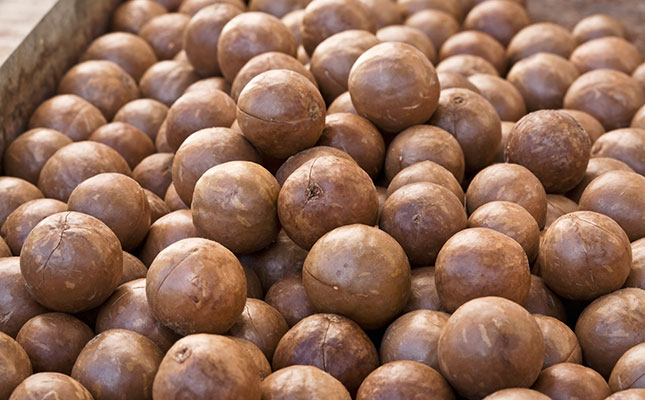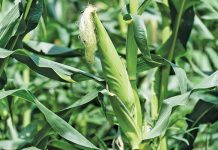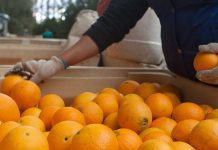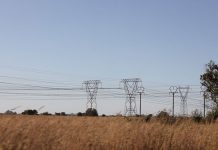
Photo: FW Archive
While macadamias rode out the storm last year, 2021 is likely to see a price decrease in US dollar terms for the first time in years.
Alex Whyte, sales and marketing manager at Green and Gold Macadamias, said the reduced demand from the tourism, convenience and restaurant sectors had resulted in a build-up of stock in the ingredient grades of nuts.
“This will result in a reasonable price drop in US dollar terms. The rate of consumption will also have an impact on prices, considering that we could be entering a global recession. However, in the past macadamias have actually done well in recessions as they are an affordable luxury.”
Volumes were expected to increase, compared with last year, although not at the previously predicted pace. Adverse climatic conditions were set to place a damper on the macadamia nut crop for the second year in a row.
Macadamias South Africa (SAMAC) reported that the 2020 season ended on 46 256t nut-in-shell (NIS), which was approximately 21,5% lower than the 2019 crop.
Whyte estimated that the 2021 crop would reach around 60 000t NIS, which although much improved from 2020, was still below the long-term forecast of 70 000t.
“We had poor nut set on the Beaumont variety, which accounts for about 35% of the local crop. This was due to flower blight caused by prolonged damp conditions during the flowering season. Fortunately, other varieties have benefitted from the cooler conditions this year, and the set looks much improved from this time last year.”
Going forward, both the macadamia and pecan nut industries forecasted that the rising consumption of plant-based protein would bolster demand.
“[The] COVID-19 [pandemic] has accelerated the trend towards veganism. The belief that the pandemic started in a meat market, and concerns around health and strong immune systems, have driven the vegan choices by certain consumer demographics,” said Whyte.
ESSENTIAL ALTERNATIVE
For pecans, this could offer an essential alternative market in China. Andreas Snyman, head of international marketing at GWK Limited, said South Africa exported more than 90% of its crop to China.
“This means that in 2021, prices will be dependent on economic conditions there. Factors at play include COVID-19 and resultant hard lockdowns, which will hinder consumer spending. Stock levels in May 2021, after the US and Mexico have completed their season, will also influence how much China is willing to pay for pecans.”
He noted that the economic pressures caused by the pandemic and China’s trade war with the US resulted in decreased prices during 2020. “Pecan prices dropped 20% from May to August, and have continued on a downward trend.
“While South Africa’s over-reliance on the Chinese market leaves the industry vulnerable to changes on the Chinese consumer market, the demand for nuts in the rest of the world is positive. [Developed] countries are showing an increased demand for plant proteins and healthy fats, providing a good opportunity to develop the kernel market in the Northern Hemisphere.”
Last year the industry ended the season on 21 400t NIS. A slight increase was expected in 2021 to between 22 000t and 24 000t. Snyman said climatic conditions would determine the final crop, with nut sizes and yield negatively affected by hail damage and extreme hot weather in January.











